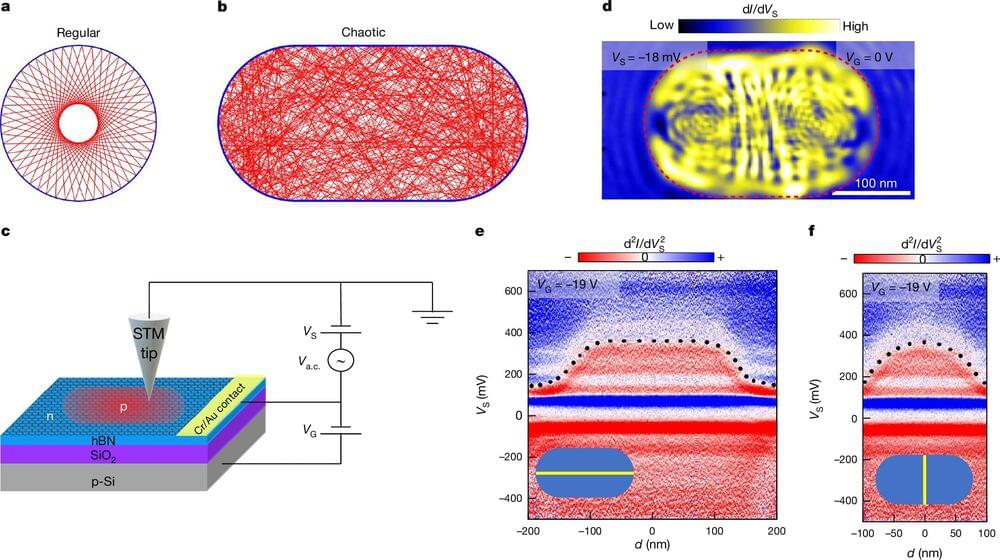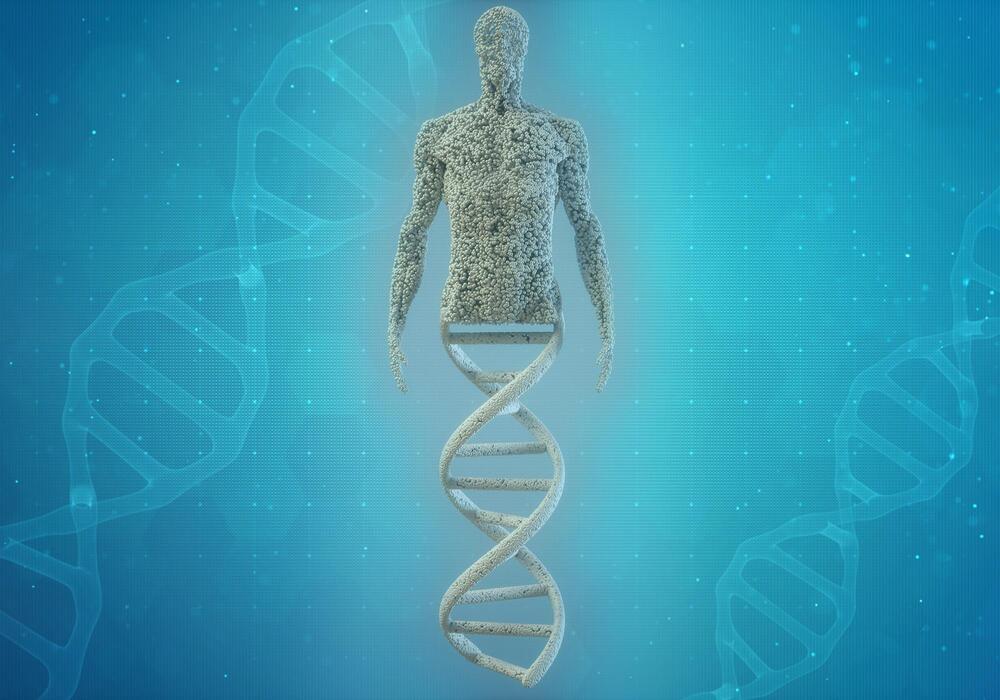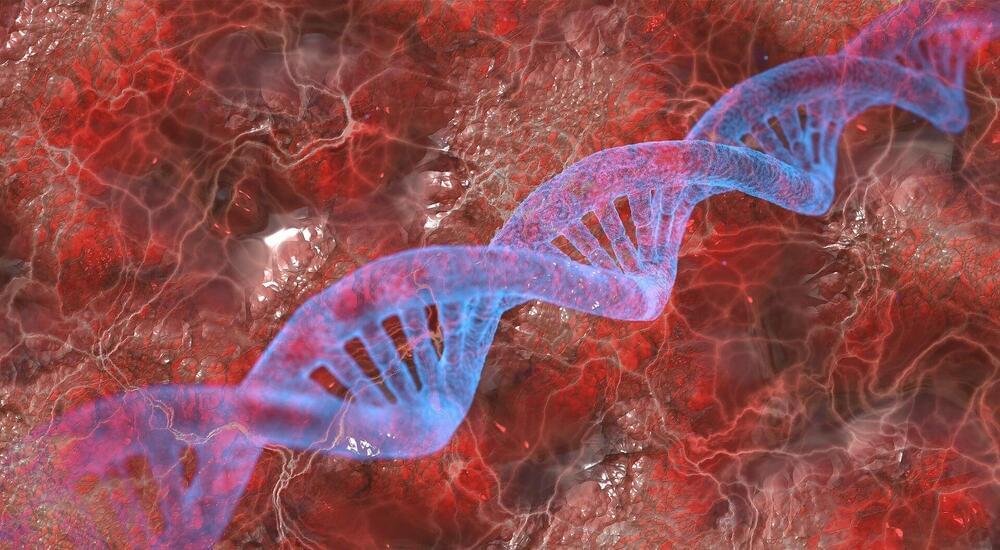Cure-Focused Diabetes Research — Michael Burton & Prof. Matthias von Herrath — Diabetes Research Institute Foundation.
Michael J. Burton is the CEO of the Diabetes Research Institute Foundation (https://diabetesresearch.org/), a philanthropic organization which funds the Diabetes Research Institute, one of the largest and most comprehensive research centers dedicated to curing diabetes.
A passionate nonprofit executive, Michael has more than 30 years of experience in leading high-impact philanthropic programs and cultivating strategic relationships to secure transformative funding. Prior to assuming the role of CEO at DRIF, Michael advanced the missions of some of the nation’s most dynamic and trusted institutions including Princeton University, The Pew Charitable Trusts and the American Association for Cancer Research (AACR).
Michael’s accomplished nonprofit career includes significant contributions in the advancement of cancer research and care, most recently as President and CEO of Gateway for Cancer Research, a Chicago-based nonprofit engaged in funding early phase clinical research, where he began his tenure as Chief Development Officer. Prior to that, Michael served as Chief Development Officer and Executive Director of the Foundation at the AACR, the nation’s oldest and largest organization dedicated to the prevention and cure of all cancers. Michael’s 15 years of experience in the oncology sector also includes leading the development program at Fox Chase Cancer Center as Senior Vice President and Chief Development Officer.
Before working in the field of oncology, Michael had a distinguished career in higher education, most notably at the University of Pennsylvania, where he served as Special Assistant to the President during the tenure of Judith Rodin, the first female president of an Ivy League institution; and at Temple University, where he held the title of Assistant Dean and lead the development program at the Fox School of Business. Before entering higher education, Michael served as Legislative and Press Assistant to the late Congressman Tom Lantos, the only survivor of the Holocaust ever elected to Congress.









